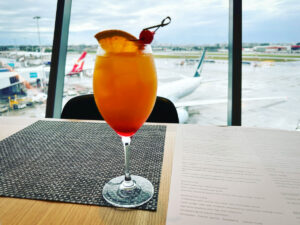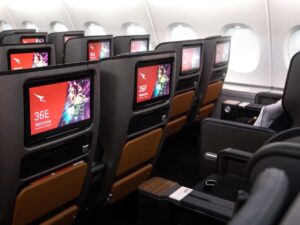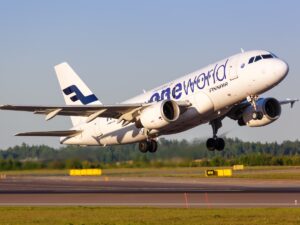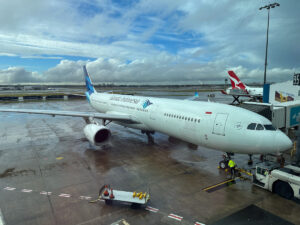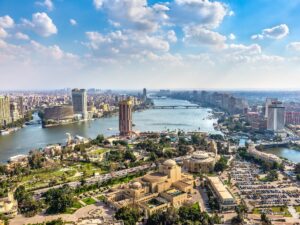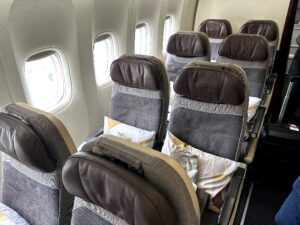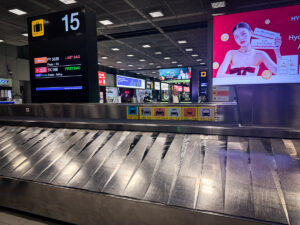When the Qantas and Emirates partnership first came to light, many of our members pondered on the impact it might have on services to New Zealand. While Qantas has been steadily reducing widebody capacity, in favour of more frequent 737 operations, Emirates have been putting their biggest aircraft on the route. Each day, an Emirates A380 leaves Brisbane, Sydney and Melbourne bound for Auckland, returning in the early evening. With Qantas seeking approval to sell seats on those services to its passengers, there was a concern that overall capacity for both airlines would be reduced once the deal was done.
It was a concern shared by the authorities. In approving the tie up, conditions were imposed that included the requirement for both airlines to maintain capacity to New Zealand. With the Trans Tasman skies overloaded with flights from many airlines, something had to give.
Qantas and Jetstar have published a number of changes their trans-Tasman schedules, designed to deliver a better mix of premium and budget leisure services to customers on both sides of the Tasman and to better reflect seasonal peaks. Rather than the flat, year round schedule it offers now, Qantas will move to more dynamic scheduling across low season, shoulder periods and peak seasons on the trans-Tasman.
From October, two flights on the Sydney Auckland route are cancelled, while two on the Melbourne Auckland route are also cancelled. Interestingly, the Sydney flights were similar in timings to the Emirates A380 service. Despite being a good choice for business travellers to return home on at the end of the Auckland day, it was said to be mainly attracting leisure travellers.
Some of our members were not surprised by the move. With the tough conditions in place on capacity for the alliance, there was questions on how it could it be done?
I wonder if the regulatory bodies will actually take Qantas to task on this, i.e. their argument that replacing Qantas services with Jetstar does not constitute the maintaining of capacity on that market, thus violating conditions of approval of the QF/EK alliance. Frankly this doesn’t surprise me an awful lot.
Others were surprised there were not more changes, with the Emirates offering seen to be a far superior product.
I have flown Emirates on trans Tasman many times after having VERY average flights on QF.
With the reductions have also come some increases. New seasonal flights will occur during times of peak demand, when it’s easy to fill the seats. So for some, it’s not all bad news. Have you been affected by the change, or perhaps you have already changed airlines to one that operates the bigger aircraft, have your say HERE.


